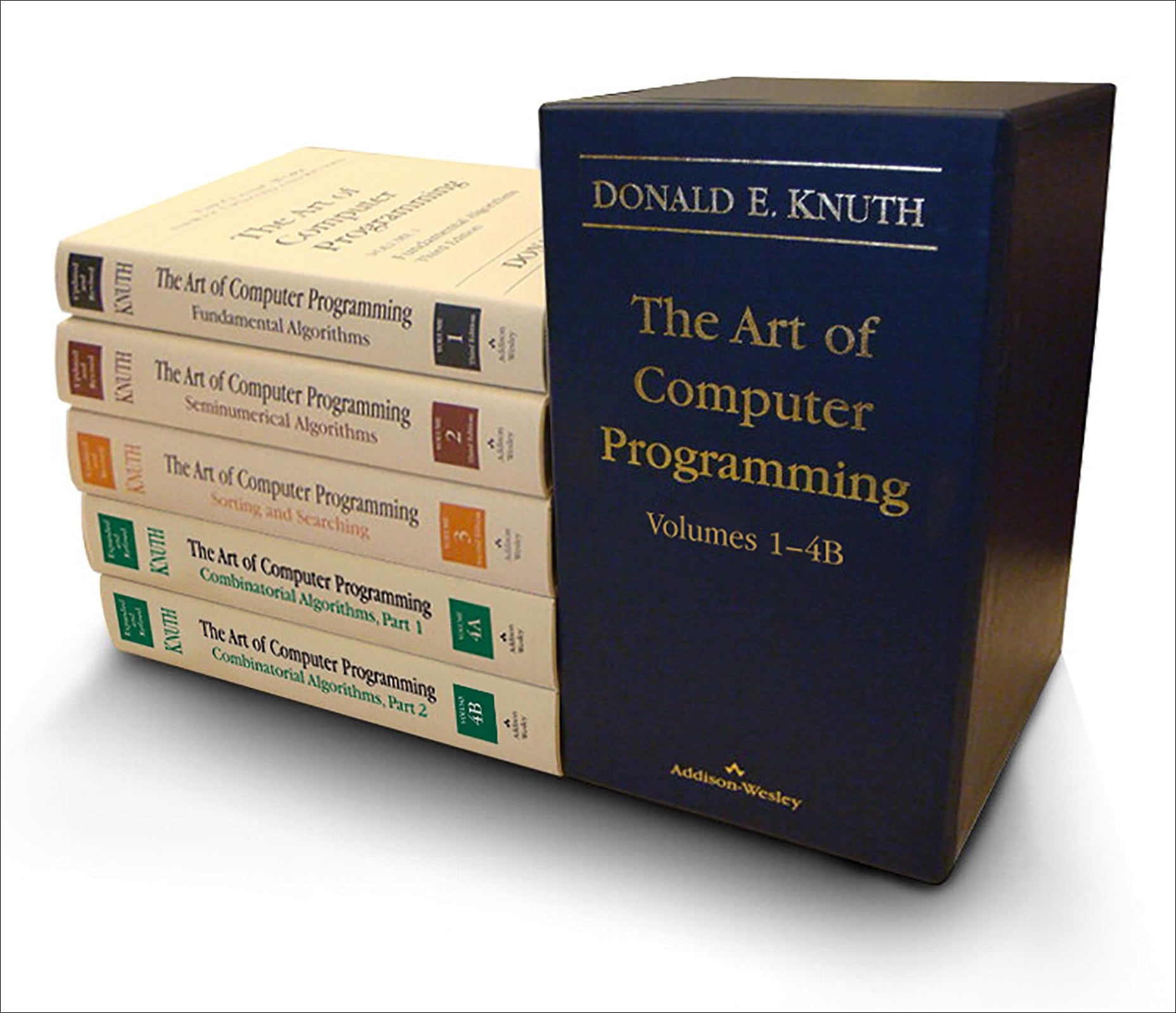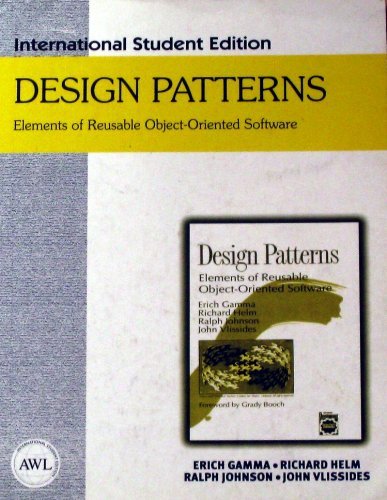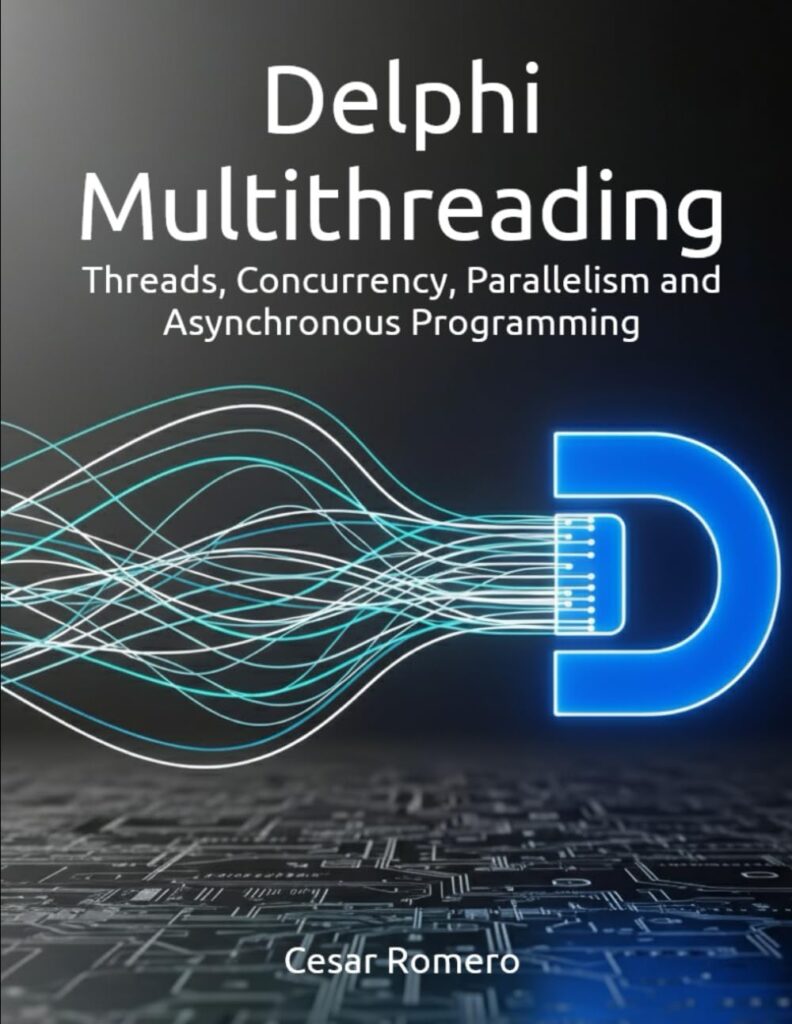The Art of Computer Programming, Volumes 1-4B, Boxed Set is a comprehensive collection that every computer programming enthusiast should have on their bookshelf. Written by renowned computer scientist Donald E. Knuth, this boxed set offers a treasure trove of knowledge and insights into the world of computer programming.
With a total of 736 pages, this set covers a wide range of topics, from fundamental algorithms to advanced data structures. Knuth’s writing style is clear and concise, making complex concepts easy to understand even for beginners. Whether you are a student learning the basics or a seasoned programmer looking to expand your skills, this book set has something for everyone.
One of the standout features of this boxed set is its organization. The four volumes are neatly packaged together, allowing you to easily navigate between different topics and reference specific sections as needed. This makes it a valuable resource for both self-study and as a reference guide in professional settings.
Another aspect that sets this book set apart is its emphasis on mathematical rigor. Knuth not only explains the algorithms and data structures but also provides mathematical proofs and analysis to support their correctness and efficiency. This approach not only deepens your understanding but also equips you with the tools to design and analyze your own algorithms.
Despite being a heavyweight in terms of content, this boxed set is surprisingly accessible. Knuth’s writing is engaging and peppered with interesting anecdotes and historical context, making it a joy to read. You’ll find yourself learning not only about programming but also about the evolution of computer science as a whole.
To wrap it up, The Art of Computer Programming, Volumes 1-4B, Boxed Set is a must-have for anyone serious about computer programming. Whether you are a student, a professional programmer, or simply have a passion for the subject, this book set offers a comprehensive and engaging exploration of the art and science of computer programming.






